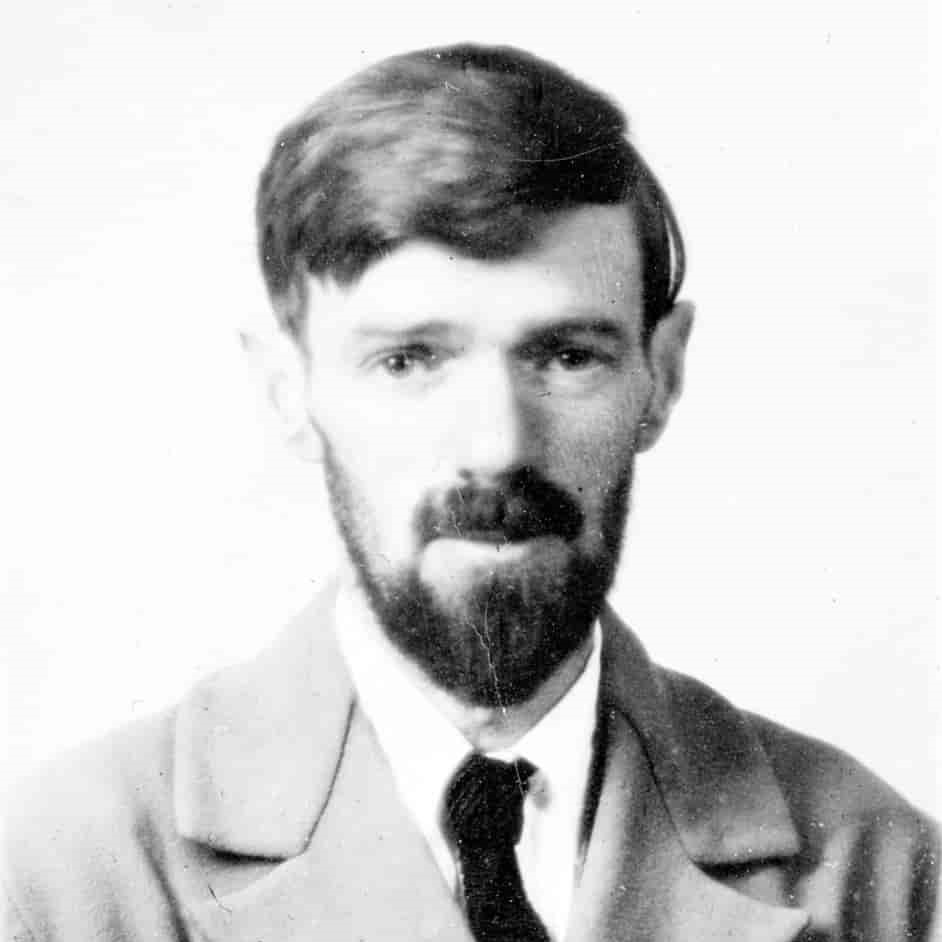Born David Herbert Lawrence on September 11, 1885, D. H. Lawrence’s opinions and artistic liking garnered him a controversial reputation that resulted in contemporary persecution and misleading representations of his creative work throughout his life. Lawrence grew up in the small mining town of Eastwood, Nottinghamshire, England, where his mother instilled a love for books and determination to overcome his blue-collar beginnings. Lawrence’s working-class upbringing resounded in his work as he wrote extensively about growing up in an impoverished mining town. He said, “I shall not forget the Haggs, a tiny red brick farm on the wood's edge, where I got my first incentive to write.” Excelling in school and without any desire to become a miner like his father, in 1897, at the age of 12, Lawrence attended Nottingham High School on a scholarship. However, Lawrence struggled socially at Nottingham and consequently grew depressed and languid in his studies; he graduated in 1901 without significant academic achievements. In the summer of 1901, Lawrence worked as a junior clerk at Haywood’s surgical appliances but contracted pneumonia. While recovering, he began working as a student teacher at the British School in Eastwood, where he became acquainted with a young woman named Jessie Chambers, a future close friend and intellectual companion. With her encouragement, Lawrence began writing poetry and drafting his first novel, The White Peacock. In the spring of 1912, while visiting an old Nottingham professor, Ernest Weekley, for advice on his writing and future, Lawrence fell in love with Weekley’s wife, Frieda von Richthofen. Lawrence decided to break off his engagement with Louie Burrows, quit teaching, and attempt to become a writer. By May 1912, he ran off with Frieda into Germany and later Italy. Afterward, in 1913, Lawrence published his third novel, Sons and Lovers, an autobiographical story of a young man who struggles to uplift himself from his life in a poor mining town. On a quest to fulfill a lifelong dream of traveling in America, in February 1922, Lawrence left Europe for adventure and discovery. Ill with tuberculosis, Lawrence returned to Italy in 1927, where he wrote Lady Chatterley’s Lover, his most infamous novel due to its graphic detail of sexual relationships. D.H. Lawrence died on March 2, 1930, at 44. Lawrence was a rebellious and critical writer with unordinary views who regarded sex and nature as cures to the evils of modern industrialized society; furthermore, he solidified himself as one of the great modernist English-language writers.

